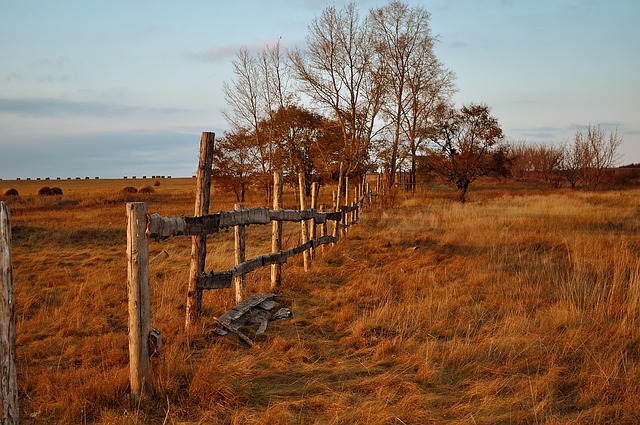In the tranquil, private haven of your New Bedford, MA, home, a well-installed privacy fence can be transformative. This article is your comprehensive guide to achieving that serene space. We’ll delve into the benefits and various types of privacy fences, walk you through preparing your property, offer material and design insights, detail the installation process step-by-step, and provide essential post-installation care tips and frequently asked questions. By the end, you’ll be equipped to enhance your outdoor oasis securely and stylishly.
- Understanding Privacy Fences: Benefits and Types
- Preparing Your New Bedford Property for Installation
- Choosing the Right Materials and Designs
- The Installation Process: Step-by-Step Guide
- Post-Installation Maintenance Tips and FAQs
Understanding Privacy Fences: Benefits and Types
Privacy fences serve as more than just barriers; they are an investment in your home’s security, peace of mind, and property value. Offering a sense of seclusion and protection from unwanted gazes, these fences come in various types designed to suit different needs and preferences. Wooden fences exude a classic charm, while vinyl options are low-maintenance and highly durable. Chain link fences provide both visibility and security, making them ideal for areas requiring surveillance.
Each type offers unique benefits. Wooden fences enhance curb appeal with their natural aesthetics, while vinyl stands out for its resistance to rot, rust, and fading. Chain link fences offer versatility, providing a balance between privacy and openness, and are often chosen for their cost-effectiveness and ease of installation.
Preparing Your New Bedford Property for Installation
Before your privacy fence installation in New Bedford, MA can begin, there are a few essential preparations to make sure everything goes smoothly. Start by clearing the area where the fence will be installed. Remove any debris, plants, or structures that might impede the process. It’s also crucial to survey the property line and ensure you have the necessary permissions from neighbors or local authorities, especially if there are any unique landscaping features or structural elements nearby.
Mark out the exact path of your fence using string or other visible markers. This helps the installation team plan and ensures the fence aligns with your vision. Additionally, consider scheduling the installation during a time that works best for you to facilitate better communication and faster completion.
Choosing the Right Materials and Designs
When it comes to installing a privacy fence in New Bedford, MA, selecting the right materials and designs is paramount. The first step is to consider your outdoor space’s unique characteristics, such as climate, sunlight exposure, and proximity to water sources. Local weather conditions can impact material durability, with some options faring better against harsh winters or frequent rainfall. For instance, vinyl fences offer excellent resistance to fading and cracking in sunny areas, while wood varieties may require more regular maintenance to prevent rot and insect damage.
Design-wise, there’s a vast array of styles to suit diverse preferences and functional needs. Some homeowners prefer traditional wooden picket fences for their classic charm, while others opt for sleek metal or wrought iron designs that add a modern touch. Privacy panels with latticework or solid panels offer varying levels of visibility and security. Additionally, incorporating features like gates or post lights can enhance both the fence’s functionality and aesthetic appeal.
The Installation Process: Step-by-Step Guide
The installation process for a privacy fence begins with careful planning and preparation. First, assess your property line to ensure the fence’s placement complies with local regulations and doesn’t infringe on neighbors’ properties. Then, choose the right materials—wood, vinyl, or metal—based on durability, aesthetics, and budget. Measure the perimeter of the area you wish to fence off, ensuring accuracy for a precise fit.
Next, dig holes for the fence posts at designated intervals, typically every 8–10 feet, using a post-hole digger. Set the posts in place, ensuring they’re level, and fill the holes with concrete to secure them firmly. Once the posts are in, attach horizontal rails, providing support for the fence panels. Finally, install the chosen fence panels, securing them to the rails with brackets or nails, creating a sturdy barrier that offers both security and privacy.
Post-Installation Maintenance Tips and FAQs
After your privacy fence is installed, regular maintenance will ensure its longevity and aesthetic appeal. Start by clearing away any debris that may accumulate at the base of the fence over time. Regularly inspect the fence for any signs of damage or wear and tear, such as loose pickets or hinges. Minor repairs, like replacing a damaged section or tightening loose components, can be done relatively easily with the right tools.
FAQs regarding post-installation care often include questions about cleaning the fence. It’s recommended to use mild soap and warm water for regular cleaning; avoid harsh chemicals that could damage the material. Another common query is about painting or sealing the fence. While not strictly necessary, applying a coat of sealant can protect the wood from elements like sunlight and moisture, extending its lifespan. Regular maintenance will keep your privacy fence looking good and provide years of service.
